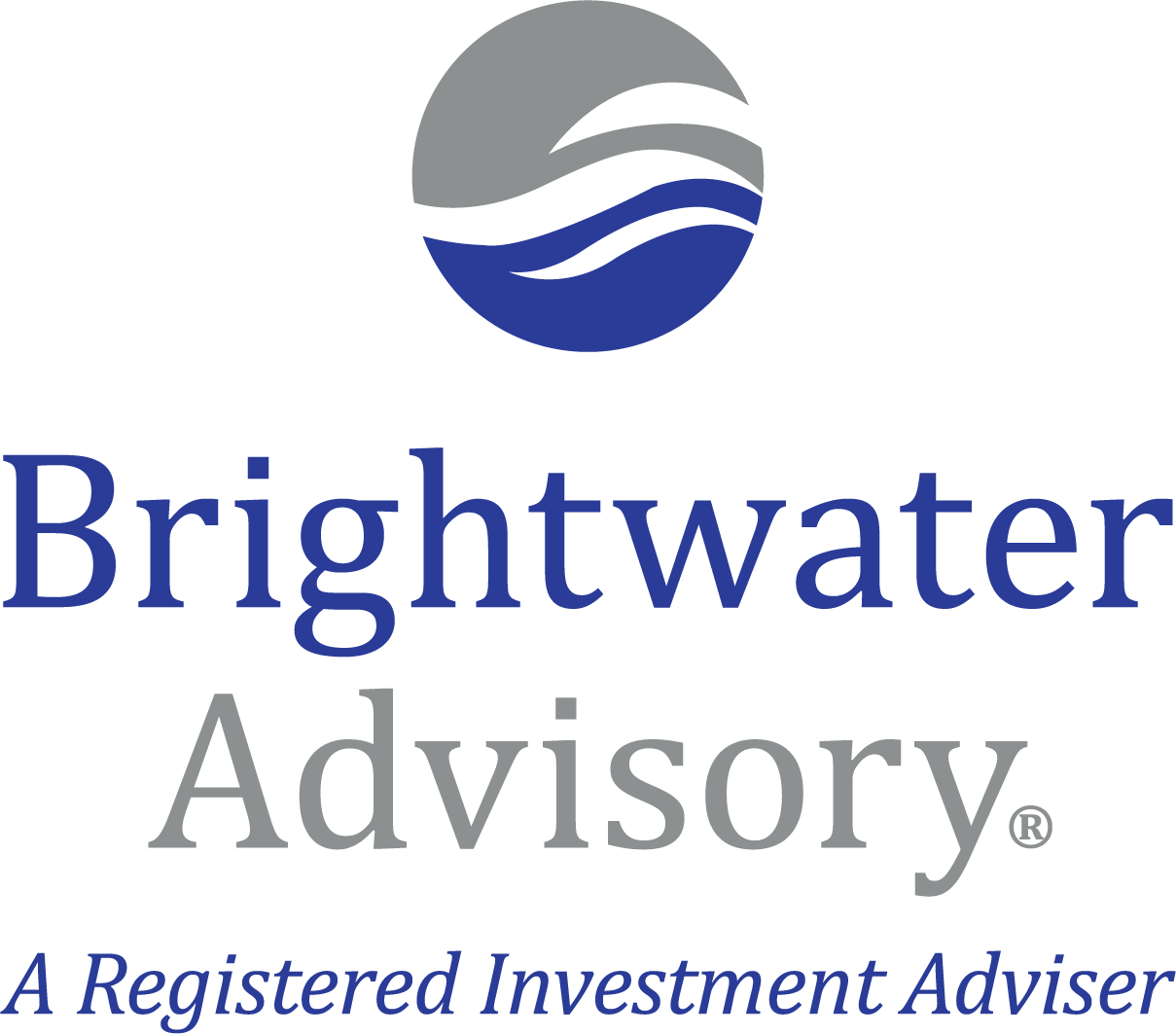by David Maddux, CEO | CIO
We sent the following note to clients on January 25th.
My note this time last year was “This Is Not Normal,” in which I shared a variety of anecdotes that the environment had gotten frothy and complacent with abnormal risky behavior. The shine has come off quicker than I would have thought, as nosebleed territory priced stocks have cascaded lower. For example, the largest 100 Nasdaq stocks were down -32% for 2022 and Bitcoin was down -65%. Over leveraged investors are probably having to make some hard decisions, especially as short-term borrowing rates are starting to squeeze with higher costs.
At Brightwater, we continue to thoughtfully employ a quantitatively rigorous process for investing in durable assets while the future unfolds into the present. In this context, I would like to cover the following –
- Stock and Bond Market
- Our posture going into last year and where we currently stand
- Pressing forward
- Anecdotal update
Markets
For 2022, US stocks (S&P 500 proxy) were down -18% and a global proxy (ACWI) that includes ~60% US/~40% international was also down -18%. Some of the fluff has come off of stock valuations, but I think it is best to continue to anticipate near term turbulence for a variety of reasons.
What is unusual is that bonds were also down for the year and fairly substantially at -13%.
The great news for savers and conservative investors is interest rates are the highest in 15 years.
Bonds
We are not prescient, but as bonds matured in 2020 and 2021 in our model portfolios, we were faced with the prospects of money market funds paying 0%, but offering flexibility vs. both two year and five year bonds paying <1.0%. We opted for a boring and itchy cash position (wanting yield, but resisting risk) and decided to take a “wait and see” approach on interest rates. As a result, client portfolios were largely insulated by the bond price meltdown mentioned above.
The Federal Reserve indicated in late 2021 that they would be slow to raise rates, but the bond market was sniffing out a faster pace as the two year treasury yield began rising at the end of 2021 in anticipation. We took a systematic approach and rebuilt the bond portfolio as higher and higher rates presented themselves throughout 2022.
The average maturity is now around 2 years out and pays just over 3% at cost, with the first maturity coming due in a few weeks. We continue to have a portion in US Treasury Inflation Protected Securities (TIPS), that we initiated back in 2017. An important reminder is that we lean primarily on individual bonds in most circumstances and plan to hold the bonds to their maturity dates. We posted a fresh primer to our website on measuring yield by our Financial Planning Director, Barry Brindise, and I am sharing an excerpt here –
“Fixed income investors are rewarded with a return on their investment (interest) that can take the form of periodic cash payments or a non-cash increase in-kind to the value of the underlying asset. When we purchase a bond, it is important to understand the expected return which is referred to as a bond’s ‘Yield-To-Maturity,’ commonly abbreviated as ‘YTM.’ Yield to maturity is the total return anticipated on a bond if the bond is held until it matures. Yield to maturity is expressed as an annual rate so that we can compare bonds with different maturities.”
This approach of investing in the bond market is elegantly simple and flexible – If interest rates rise, then we can reinvest earlier maturities at higher rates. If they come back down again (could happen if economic activity retreats swiftly), we have at least locked in some yields for the foreseeable future.
Stocks or “growth” assets
We have embraced other conservative leanings in recent years, which all but one have helped mitigate some of the turbulence during this price valley (14 months and counting) in the stock market.
We have employed –
- appropriate stock allocation vs. over-owning because of ultra-low interest rates. This appropriate resistance to the siren song of There Is No Alternative (TINA) to stocks has sometimes felt boring during favorable stock market periods as the bond/cash portion was stable but not growing;
- focusing on stocks that are a good value at the expense of the overpriced high growth areas. This stubborn leaning has periodically felt stuffy compared to some of the exciting, high revenue, speculatively priced areas;
- focusing on dividend-oriented areas at the expense of non-dividend payers – same as above.
- alternative “trend following” funds, which have done their job so far by achieving positive returns last year;
- Diversifying to international declined about the same as US stocks in 2022. This position has been frustrating, but has lately shown fresh signs of life with US inflation ebbing lower than recently expected. Valuations remain attractive, especially when compared to US stocks. Two classic measures are the price-earnings ratio, which is showing 12 for international vs. 18 for US stocks (lower is better) and then the dividend yield, which is showing 3.1% vs. US at 1.7% (higher is better).
Our activity in the stock or growth portion of the portfolio this past year was primarily on two fronts –
- We used the stock price weakness of Q2 and Q3 to re-balance somewhat and reduced the alternative funds at double-digit positive returns for the year to add to the stock portion. We never know where a stock market bottom will be, but as the alternative funds had done their job to date buffering the stock turbulence, we modestly reduced in favor of adding to a global stock index that was down from its highs.
- Tax Loss Harvesting — we selectively used this technique when appropriate within taxable accounts, generating a tax efficiency within a down market. I am again quoting another recent piece on our website by Barry –
“When it comes to investing in any type of asset, experiencing losses can be very frustrating. However, there is an investing strategy called, ‘Tax Loss Harvesting’ or ‘Tax Loss Selling,’ which can be used to take those losses and use them to offset other gains in your portfolio and thus reduce your overall tax liability (all while maintaining the target asset allocation). Tax Loss Harvesting can also be used to take a net loss to your tax return without attempting to offset other capital gains. In this case, these losses help offset ordinary income and you are limited to up to $3,000 per year and amounts greater than this can be carried forward to future tax years.”
Going Forward
Economic contractions are something that are not always obvious until after they have begun. As well, the economy and the stock market are not the same thing. They are linked though and it is usually the stock market that is considered a leading indicator, as it is a forward thinking mechanism and attempts to incorporate the newest information into prices.
We have our concerns though, as domestically and geopolitically, it feels like 2023 could look a lot like 2022. Specifically –
- World War II like domestic economic stimulus is wearing off and we do not fully know the unintended consequences following a locked down economy (Wesbury of First Trust);
- War is ongoing in eastern Europe;
- Strong political partisanship – even though the midterms are over;
- Volatile inflation;
- Fed policy for managing interest rates is entering a more mature phase as they attempt for a “soft landing” for the economy – i.e. bring inflation down without tipping the economy into recession.
These forces will probably sustain an already uncertain investing environment, but the pathway is never obvious in my experience. My freshman college roommate, who manages his own similar advisory firm – Golden Bell Financial Planning – is always chirping in my ear, “When is the environment ever not uncertain?”
For example, if we have a recession in early 2023, it seems like the most widely forecasted one in my adult lifetime, so how much has already been priced into asset markets?
Our antidote is to continue to embrace a barbell approach on capital risk by owning risk free bonds/CDs on one side of the portfolio (vs. risky, low quality bonds that appear to pay higher income) and a broad approach to stock investing on the other side.
Our stock investing has an emphasis on areas that are considered fairly valued or undervalued vs. overvalued. Fairly valued and undervalued areas may develop as prices languish and earnings and dividends continue to grow. That was the case with the style called “Value” in the US, as well as “Small Cap” or the stocks of smaller companies up through the summer of 2020. Since then, they have been pulling their weight.
International stocks are similar, but maybe this will be their decade. Regardless, we continue to implement in a diversified and methodical fashion. The stock portion of our model portfolio reflects the following valuations and are compared to a US stock index (S&P 500) and the global stock index – All Cap World Index (60% US stocks and 40% Int’l stocks) –
|
|
P/E |
P/B |
P/S |
P/CF |
Div. Yld |
LT Earnings Growth |
|
Brightwater |
14.2 |
2.3 |
1.4 |
10.7 |
2.3% |
10.8% |
|
ACWI |
15.3 |
2.3 |
1.7 |
11.4 |
1.9% |
10.9% |
|
BWA %Diff |
-7% |
-1% |
-17% |
-6% |
25% |
0% |
|
S&P500 |
18.9 |
3.5 |
2.3 |
14.1 |
1.7% |
11.9% |
|
BWA %Diff |
-25% |
-34% |
-36% |
-24% |
41% |
-9% |
Anecdotal Update
One of the examples I shared this time last year was about my now 14 year old son’s foray into crypto-currency mining. Unfortunately, the price of the coin he is mining has fallen from $37.99 to $1.49, so his payback period (the time to recover an initial investment) has extended from months to years. Fortunately for him, he has risked his own cash and has the opportunity to be patient and see how the future unfolds vs. a loan from “The Bank of Dad” or worse, a credit card and possibly needing to shutdown the “operation.”
I remember my own less exotic visions of easy wealth from the late 90’s tech boom and the painful lessons that took years to recover. I really hope he does well, but also know that losing hard-earned money is one of the best educations.
This past year has been frustrating, but I perceive higher interest rates as a very favorable development for the medium to longer term and as I have described in this note, we are making our way with a focus on simplicity, flexibility and an emphasis on value.
David Maddux
CEO & CIO
david.maddux@brightwateradvisory.com
________________________________________________________________________________________________
This letter is tonal in nature. We use model portfolios and apply consistent thinking, but each client has a separate account and there are many reasons for exceptions, like tax basis, heirloom holdings, preferences, size of the account, etc.
Data source for stock market proxies and representative portfolios: Morningstar Office. Definitions for the metrics referenced can be found in the glossary toward the end of your Investment Plan Portfolio Summary.
Brightwater Advisory, LLC is an SEC registered investment adviser* with its principal place of business in Tampa, Florida. This letter contains general information pertaining to our advisory services. The information is not suitable for everyone and should not be construed as personalized investment advice. This letter contains certain forward‐looking statements (which may be signaled by words such as “believe,” “expect” or “anticipate”) which indicate future possibilities. Due to known and unknown risks, other uncertainties and factors, actual results may differ materially from the expectations portrayed in such forward‐looking statements. There is no guarantee that the views and opinions expressed in this newsletter will come to pass.
Investing involves risk, including risk of loss, which an investor must be prepared to bear. We manage investments based upon factors which may include, but are not limited to, a client’s investment time horizon, income, net worth, attitude toward risk and investment knowledge. Therefore, it is important for clients to inform us promptly if there is a substantive change to his or her risk capacity, including financial situation. In addition, if goals and objectives have changed, please let us know immediately. Indices are unmanaged. Any reference to a market index is included for illustrative purposes only as it is not possible to directly invest in an index.
For additional information about us, please request our disclosure brochure as set forth on Form ADV using the contact information set forth herein, or refer to the Investment Adviser Public Disclosure web site.
*Registration as an investment adviser does not imply any level of skill or training.







